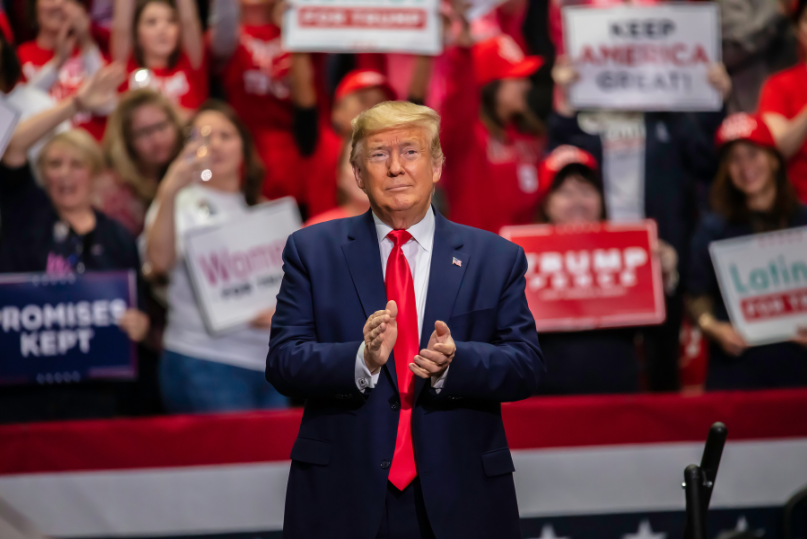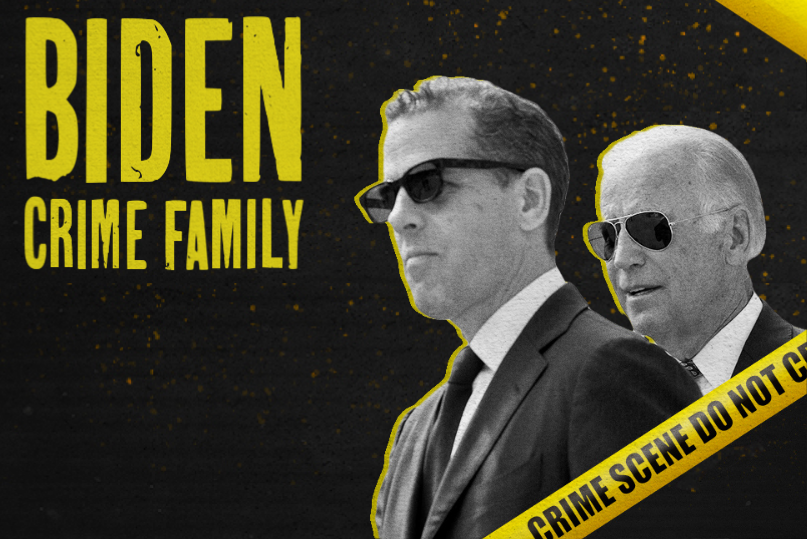
New York State held a primary on June 23 in the 12th district between two Democratic candidates, and it’s still unclear who the victor is — nearly one month later.
Why the chaos?
Well, the state was simply ill-equipped to conduct mail-in voting. It was overwhelmed by the number of absentee votes, its technology was outdated, and the election’s board didn’t hire additional staff, as counting mail-in votes is much more labor and time intensive than going to the ballot box. According to the New York Times:
More than three weeks after the New York primaries, election officials have not yet counted an untold number of mail-in absentee ballots, leaving numerous closely watched races unresolved, including two key Democratic congressional contests.
The absentee ballot count — greatly inflated this year after the state expanded the vote-by-mail option because of the coronavirus pandemic — has been painstakingly slow, and hard to track, with no running account of the vote totals available.
In some cases, the tiny number of ballots counted has bordered on the absurd: In the 12th Congressional District, where Representative Carolyn B. Maloney is fighting for her political life against her challenger, Suraj Patel, only 800 of some 65,000 absentee ballots had been tabulated as of Wednesday, according to Mr. Patel, though thousands had been disqualified.
…
The delays in New York’s primaries raise huge concerns about how the state will handle the general election in November, and may offer a cautionary note for other states as they weigh whether to embrace, and how to implement, a vote-by-mail system because of the pandemic.
The primary reason for the delays is the sheer number of absentee ballots: In New York City, 403,203 ballots were mailed for the June primary; as a comparison, just 76,258 absentee and military ballots were counted in New York City in the 2008 general election, when Barack Obama was elected president.
But other factors also have played a part.
Election officials said they were left scrambling when Gov. Andrew M. Cuomo decided in late April to send absentee ballot applications to every registered voter; a May court decision that reinstituted a June presidential primary also complicated matters.
Officials said they were also hamstrung by outdated technology, including using toner-and-tray copiers, instead of computerized scanners, to handle requests from candidates for copies of absentee ballots; those copies are often used in legal challenges to try to restore disqualified ballots or challenge the legitimacy of others.
….
For the June primary, the elections board did not hire additional staff, even as hundreds of thousands of absentee ballots were mailed to voters.
“The staff that we have is the staff that we have,” Mr. Ryan said, who added that “you want people who are familiar with the process. This is ultimately too important a task to leave to untrained people.”
The process for counting absentee ballots is labor- and time-intensive: Before absentee ballots can begin to be counted, election officials have to sift through mounds of ballots to determine which are valid and which are not. The process is closed to the public, though campaigns are allowed to challenge these decisions.
….
Voting-rights groups have also been alarmed by reports of thousands of disqualified ballots, raising the specter of widespread voter disenfranchisement.
Preliminary data obtained by The New York Times shows that about 20 percent of ballots have been invalidated in the Manhattan and Queens portions of the 12th District, for instance, and almost 30 percent in the Brooklyn portion of the district. Mr. Patel said he believed some ballots had been invalidated because voters dropped them off on June 23, the deadline to postmark ballots, but they weren’t postmarked until the following day by the Postal Service.
Data compiled by New Reformers, a Queens political organization, shows that election officials have invalidated at least 22,000 out of about 89,000 absentee ballots received in the borough, or about 25 percent, sometimes for minor issues like an envelope’s being sealed with tape or missing signatures on ballot envelopes.
“The state was not ready for this,” said Sochie Nnaemeka, the New York director of the Working Families Party, a progressive group which backed several challengers to Democratic incumbents. “There is rightfully fear that voter choice and voter participation will be eroded through this process.”




